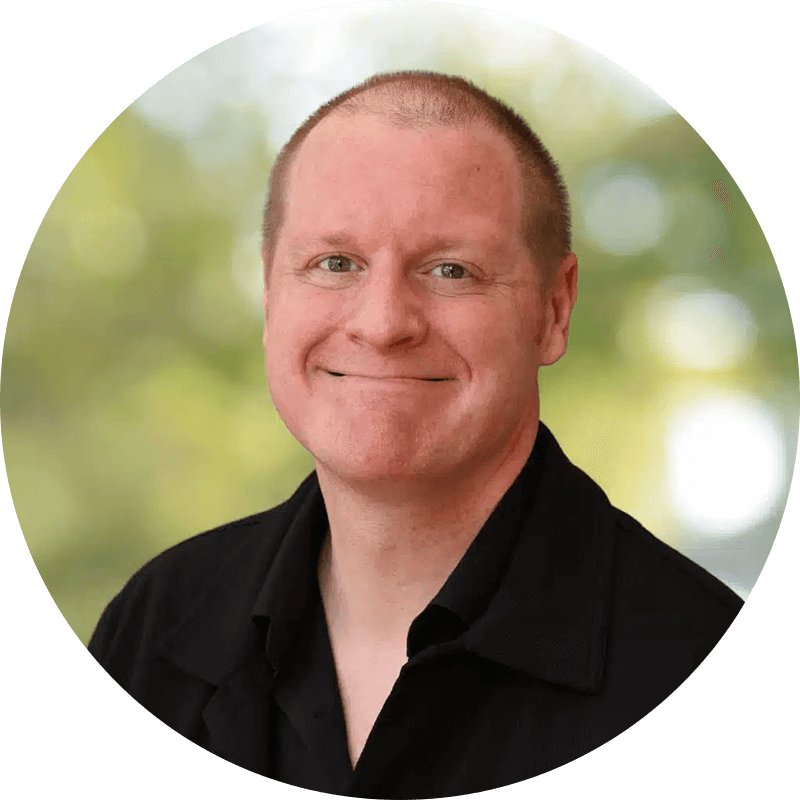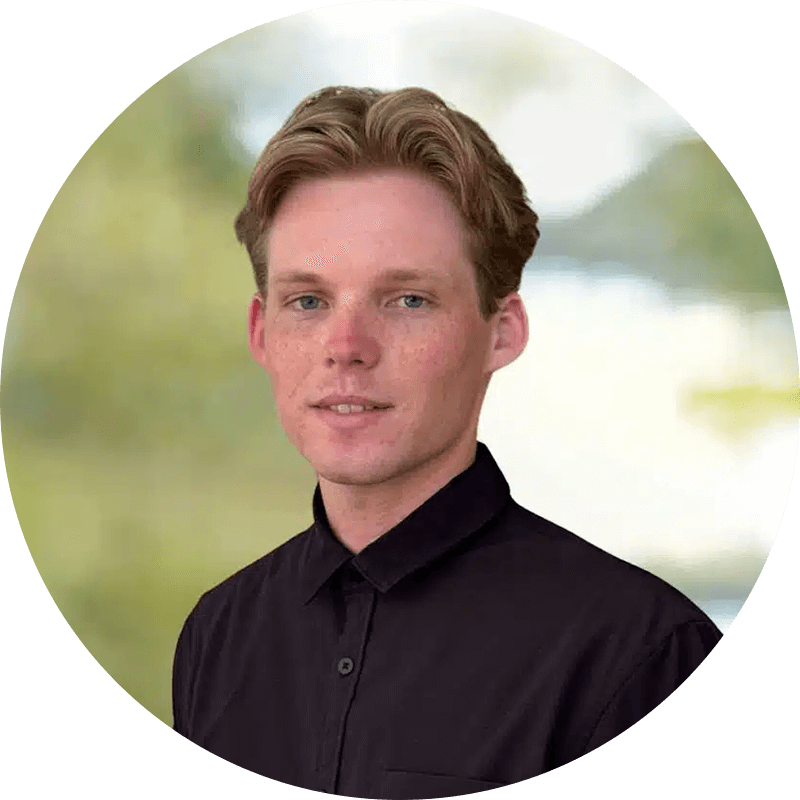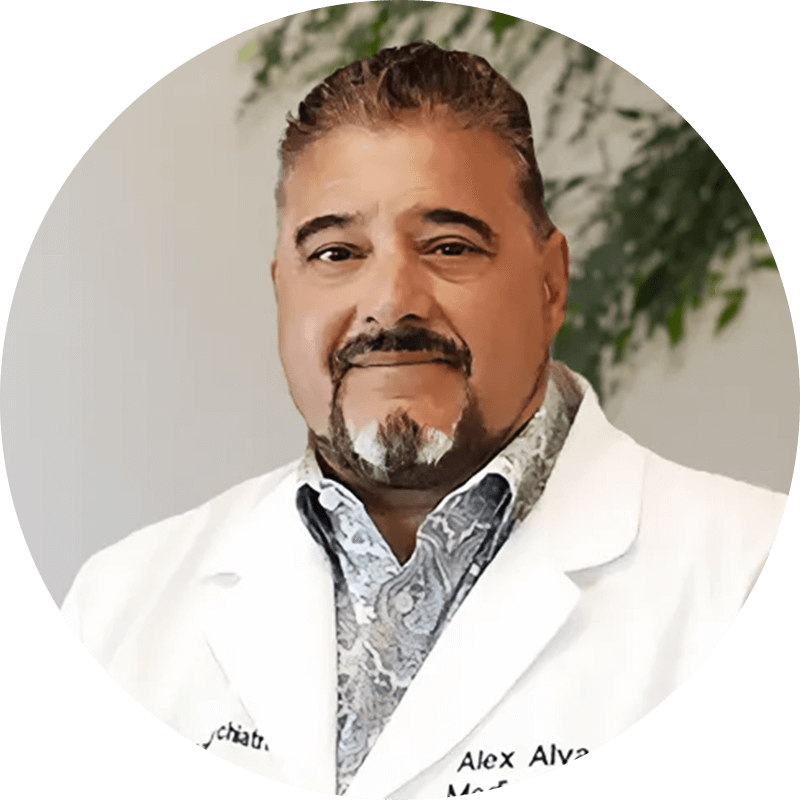While some people may chase these altered states of consciousness for recreation or spiritual exploration, frequent and prolonged use can lead to significant health risks and even addiction. Despite their dangerous potential, many are not fully aware of what these substances are, how they work, or the signs of addiction.
In this post, we aim to shed light on hallucinogens, their types, the symptoms of addiction, and available treatment options. We believe that knowledge is the first step towards recovery. If you or a loved one is struggling with hallucinogen addiction, remember, help is just a call away at the Touchstone Recovery Center.
What are hallucinogens?
Hallucinogens are a class of drugs known for their ability to alter a person’s perception, thoughts, and feelings. They achieve this by disrupting the interaction of nerve cells and the neurotransmitter serotonin in the brain. The resulting effects can significantly distort one’s sense of reality.
These substances can induce experiences such as synesthesia, where a person might see sounds or hear colors, hallucinations that seem intensely real, and a skewed sense of time where minutes can feel like hours. Some users also report dissociative experiences, where they feel disconnected from their body or reality altogether.
It’s important to note that most hallucinogens are classified as Schedule I controlled substances by the United States Drug Enforcement Administration (DEA). This means they are not recognized for medicinal use and have a high potential for abuse, which can lead to physical or psychological dependence.
Despite their classification and the potential harm, these substances have been used across cultures and eras for various purposes, including religious rituals, stress relief, and recreational use. However, misuse can lead to severe consequences and impairments, making it crucial to recognize and address the signs of addiction early
Touchstone Recovery Center
Types of hallucinogens: classic hallucinogens and dissociative drugs
Hallucinogens can be broadly divided into two categories: classic hallucinogens and dissociative drugs. Here’s a brief rundown of each category and some examples:
Classic hallucinogens are substances that primarily cause hallucinations and altered sensory experiences. These hallucinations can be auditory or visual, leading to a distorted perception of objects, colors, sounds, and time. The most common classic hallucinogens include:
- LSD: Commonly known as “acid,” LSD is one of the most potent mood-changing chemicals. It’s derived from ergot, a fungus that grows on rye and other grains.
- Psilocybin: Often referred to as “magic mushrooms,” psilocybin is naturally occurring and is found in certain types of mushrooms.
- Peyote (Mescaline): Peyote is a small, spineless cactus that contains the hallucinogenic chemical mescaline.
- DMT (Dimethyltryptamine): DMT is a powerful hallucinogenic chemical that is found in some South American plants. It can also be manufactured synthetically.
Dissociative drugs, on the other hand, are known for inducing feelings of detachment or disconnection from reality or oneself. The user might feel as if they’re observing their own actions from an outside perspective. Common dissociative drugs include:
- PCP (Phencyclidine): Initially developed as an anesthetic, PCP can lead to a feeling of being detached from one’s environment and self.
- Ketamine: Originally developed for use in surgeries and veterinary medicine, it’s now often misused for its hallucinogenic and dissociative effects.
Remember, even though some of these substances have been used in medicine or cultural rituals, their misuse carries serious health risks and legal consequences.
Touchstone Recovery Center
Symptoms of hallucinogens addiction
While not all hallucinogens are considered classically addictive, consistent use, especially of dissociative drugs and MDMA, can lead to compulsive or problematic patterns of use, and the health risks that accompany such use. It’s important to recognize the signs of hallucinogen addiction early to seek help promptly. Here are some common symptoms:
- Intense Cravings: The person may feel a strong desire to use the drug, often ignoring the negative consequences.
- Drug-Seeking Behavior: This could involve spending a significant amount of time trying to obtain the drug, often at the expense of personal relationships, jobs, and other responsibilities.
- Hallucinations and Delusions When Not On The Drug: This could include seeing things that aren’t there or holding false, often bizarre beliefs.
- Trouble Sleeping: Insomnia or disturbed sleep patterns can be a sign of addiction.
- Mood Swings, Agitation, Paranoia, or Psychosis: Changes in mood or behavior, including excessive suspicion, agitation, or even experiencing a break from reality, can be signs of hallucinogen addiction.
Additionally, addiction to hallucinogens can lead to negative physical side effects like high blood pressure, loss of coordination, or muscle control, loss of appetite, nausea, a feeling of panic, dry mouth, and excessive sweating due to increased body temperature. In the long term, users might experience continuous psychosis or hallucinogen persisting perception disorder (HPPD), characterized by flashbacks or recurrent hallucinations, even after discontinuing the drug.
Like many other drugs, stopping hallucinogen use abruptly can lead to withdrawal symptoms. These can include agitation, trouble remembering things, flashbacks, seizures, depression, and difficulty speaking.
Treatment options for a hallucinogens addiction
Dealing with hallucinogen addiction is a complex process that involves addressing both physical and psychological aspects of the issue. The first step in treatment is often a comprehensive psychological evaluation to assess the individual’s mental health status and the extent of their addiction.
During periods of intense hallucinations or volatile behaviors, doctors may administer benzodiazepines. These medications can control anxiety and increase sedation, making the individual safer and more comfortable.
For those experiencing depressive symptoms, which can often accompany hallucinogen abuse, antidepressant medications may be recommended. These can help balance brain chemistry and alleviate feelings of sadness, hopelessness, or disinterest that might occur during recovery.
It’s important to remember that these are only a part of the treatment process. Comprehensive treatment for hallucinogen addiction often involves a combination of medication, counseling, and support groups. Counseling can help individuals understand their addiction, develop coping mechanisms, and plan a drug-free future. Support groups provide a community of peers who are also in recovery, offering a space to share experiences and gain encouragement.
Please note that the treatment process is unique to each individual, and what works best will depend on various factors such as the specific hallucinogen involved, the duration and intensity of use, the individual’s overall health, and their personal commitment to recovery.
Touchstone Recovery Center
Contact Touchstone Recovery Center for help with a hallucinogens addiction
At Touchstone Recovery Center, we offer a variety of structured programs aimed at helping individuals overcome substance abuse and addiction, including hallucinogens. These programs include:
- Residential Treatment Program: This program offers an environment conducive to recovery with continued medication management by licensed professionals, group therapy, individual counseling, family counseling, and a safe environment to continue a structured treatment program. It addresses the underlying issues and root cause of addiction. The program also provides chemical dependency education, cognitive-behavioral therapy, sober recreational activities, relapse prevention tools, and continued support. Weekly family programs are also a part of this treatment approach, enabling loved ones to learn about addiction, participate in the recovery process, and directly influence and support their family member’s recovery.
- Partial Hospitalization Program (PHP): This program is designed for adult men and women with a wide range of substance abuse and addictions. It serves as a great transition for those discharging from inpatient and/or residential programs, allowing for a step down in the frequency and intensity of services, while still providing a high level of support. The program includes group sessions, individual counseling, healing techniques such as mindfulness meditation, health and wellness instruction, medication management, and assistance in repairing relationships with family. The PHP runs Monday through Friday from 9am to 3pm.
- Intensive Outpatient Program (IOP): This program offers substance abuse and addiction treatment in a format that involves 4 three-hour sessions a week over an eight-week period. Multiple personalized counseling and group therapy options are provided to assist in the recovery process.
If you or a loved one needs help with a hallucinogens addiction, contact us today!







